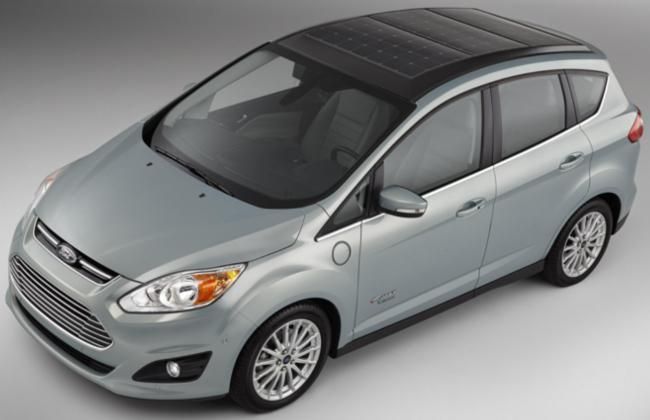Technical Aspects: Muffler/Silencer
Modified On Mar 17, 2016 10:45 AM By Sahib
- Write a comment

Mufflers are widely deployed to dampen the noise coming out of an engine body before exhaust gets eliminated through tail pipe. Exhaust gases enter into muffler after removal of pollutant elements in catalytic converter. It reduces the noise to the desired level so that vehicle do not violate noise pollution norms.
Technical facts:
Muffler dampens the high intensity pressure pulse by either reactive method or absorptive method. Absorptive way involves conversion of sound energy into heat energy. Reactive way involves canceling out waves by destructive interference. Other technical insights are discussed below.
Reactive Mufflers (Destructive Interference):
1. Inner structure of these mufflers are designed with geometric variations such that they reflect, deviate or constrict the flow of the sound waves vigorously. The reflected waves interfere with each other and cancel out each other by destructive interference.

2. When the sum of two waves is less than either wave alone, then it is called destructive interference. In simple words, destructive interference will make a sound quieter or changes the frequency of the sound as desired. Now-a-days, some mufflers are designed to give a louder, sporty sound by not allowing full wave dampening process.
3. Reactive mufflers may lead to severe back pressure issues.
Back Pressure: It refers to the pressure exerted on fluid (exhaust gases) against its flow direction. Whenever the exhaust gases are forced to change direction, backpressure increases. Higher backpressure is not desirable at all. It may lead to increase in fuel consumption as engine has to put in more effort (mechanical work) in order to compress the exhaust gases to a higher pressure.
4. So manufacturers are restricted to innovate much with the geometrical design of reactive mufflers so that engine performance is not affected.
Absorptive Muffler (Perforated Tubes) :
1. These mufflers involve perforated tubes which play an important role in eliminating the backpressure issues and hence improve the performance of engine.
2. Perforated tubes are made of stainless steel. There are a number of small holes drilled around its periphery. Such tubes are deployed with insulating packaging material like steel wool and fiberglass around them that allows absorption of some of the pressure pulses.

3. As the exhaust passes through these tubes, sound waves escape through these small holes into surrounding packaging material and sound energy gets converted into heat energy. In order to resist corrosion of outer shells of mufflers, they are often made of steel incorporated with lead-tin alloy or aluminium.
4. There may be a single pass of exhaust gases through perforated tube, as in, straight through or the muffler may be in the form of multiple perforated tubes for multiples passes of exhaust gases.

5. Some manufacturers may offer a combination of reactive and absorptive silencers in a single package unit.

Watch this video for better understanding of Resonator:
Also Read: Technical Aspects: Catalytic Converter










